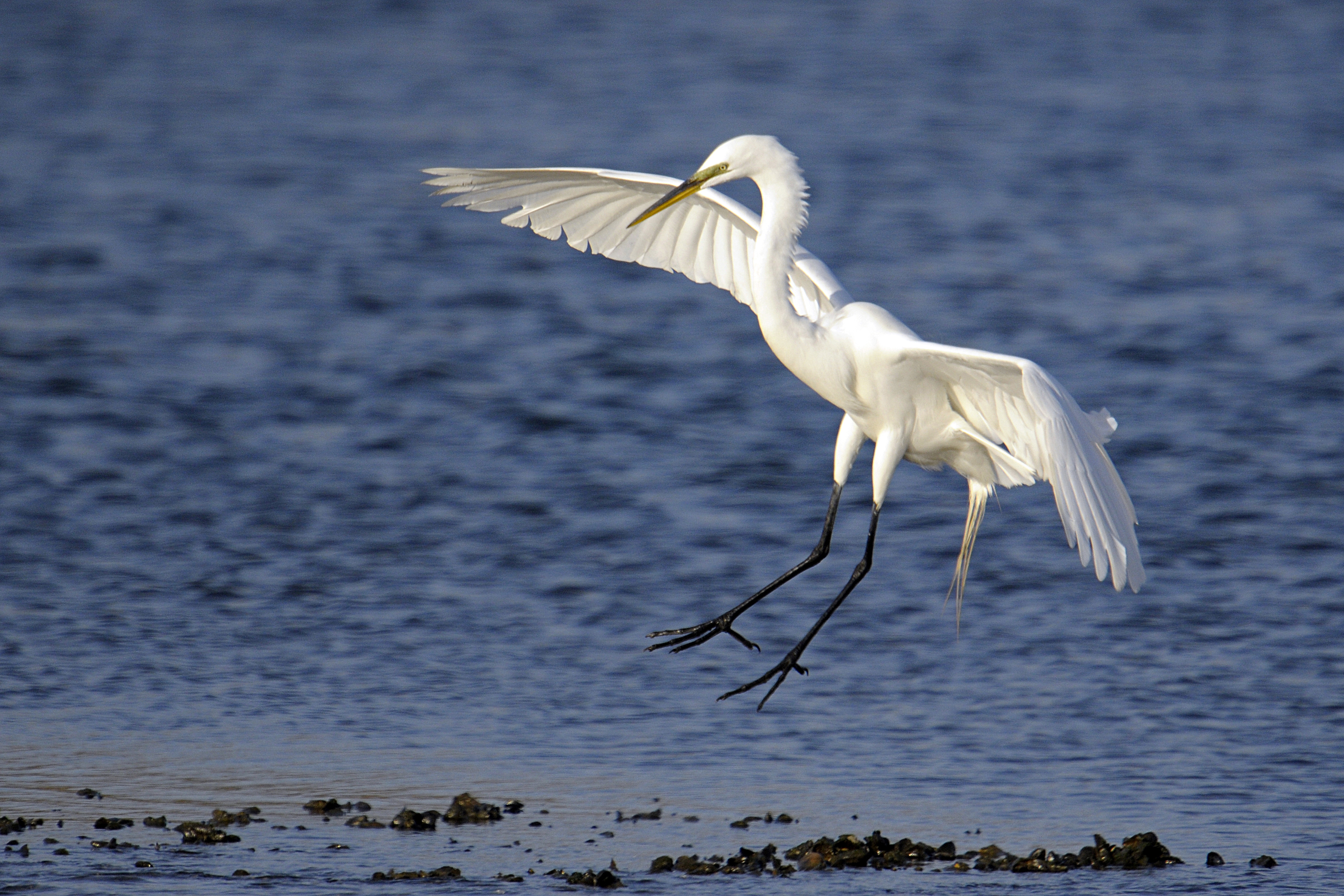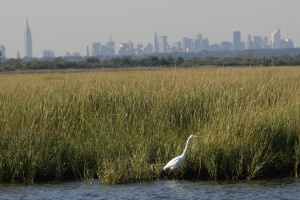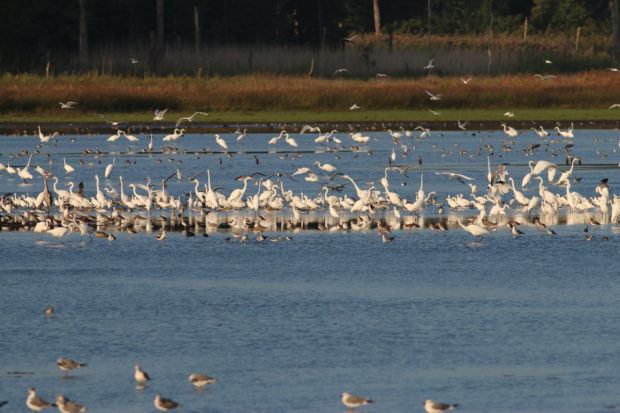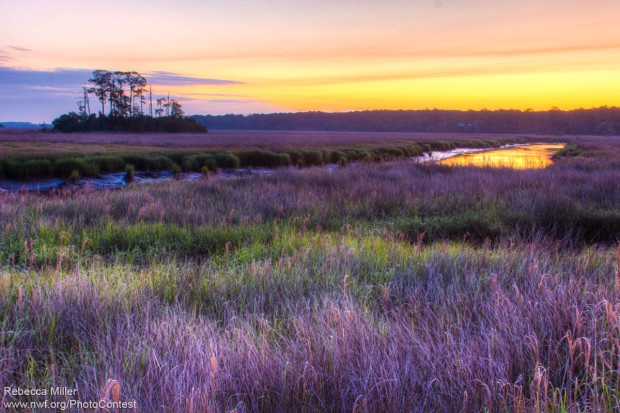We have much more to do and your continued support is needed now more than ever.
What the Federal Budget Means for Wildlife: Imperiled Coastlines

Millions of people live or recreate along the beautiful coastline of the United States. And hundreds of species of birds, mammals, reptiles, and fish rely on coastal habitats for food, shelter, and to raise their young. It’s for these reasons, and others, that many folks across the political spectrum have been dismayed by the President’s proposed budget. It indiscriminately slashes funding for popular programs that support coastal communities as well as the coastal ecosystems that humans and wildlife depend upon. Below are four reasons why we should be investing in our coastline – not abandoning it.
1. Public Safety

Approximately 52% of the US population lives in coastal counties, often densely concentrated in low-lying areas vulnerable to coastal flooding. Extreme weather events like hurricanes and Nor’easters can send waves surging inland, putting lives at risk and damaging houses, schools, and other infrastructure. NOAA’s coastal and marine management and research programs support projects that harness nature to protect people and property. However Trump’s proposed budget aims to slash $250 million dollars from these programs, effectively eliminating all grant-funded projects. The end result: critical infrastructure, entire neighborhoods, and even human lives will be put at increased risk.
Did you know: Every year coastal wetlands provide $23 billion in storm surge protection services! Investing in coastal management and restoration can be a cost effective way to reduce community vulnerability.
2. Economics

Approximately 58% of the US GDP is generated in coastal counties along the oceans and Great Lakes. And did you know that for every $1 the federal government invests in beach management and restoration, it receives $320 in tax revenues from beach tourists? However, proposed cuts to NOAA, US Army Corps of Engineers (USACE), and EPA threaten to drag down our coastal economies. NOAA coastal resilience funding helps communities buffer the impacts of flooding, USACE helps address beach erosion, and the EPA ensures we have clean water. If the proposed budget cuts become a reality, economic hubs will be more vulnerable to disruption from storms, flooding, erosion, and contaminated or toxic water. Protecting and investing in our coastline means protecting and investing in our economy.
3. Wildlife
Did you know: Salt marshes are considered to be one of the most productive ecosystems on earth.

A wide variety of fish and wildlife rely on healthy coastal ecosystems. From threatened piping plovers and red knots to endangered sea turtles, these species and many more depend on federal funding to protect and restore their coastal habitats. Relatively minor investments can help keep common wildlife common, and prevent rare species from reaching the brink of extinction. With so many beloved species counting on coastal habitats – whether it’s year-round or during their long migration – we must protect our coastline if we want to protect wildlife.
4. Quality of Living

National Wildlife Refuges, National Parks, and other protected areas along the coast provide for an increased quality of life that millions of Americans enjoy. From canoeing and kayaking, to birding, hunting, and fishing – we love spending time along our coasts. In 2011 alone, 33.1 million people fished, 13.7 million people hunted, and 71.8 million enjoyed wildlife-watching activities, many pursuing these activities along our coastline. The proposed 12% cut to the Department of Interior and 31% cut to the EPA do not reflect our long-standing investment in America’s natural heritage.
MAKE YOUR VOICE HEARD: Tell Congress you oppose the White House’s proposed cuts to the federal budget. Ask them to invest in our coastal communities and coastal habitats!
Take ActionTell your Members of Congress: Don’t Let Drastic Budget Cuts Devastate Wildlife





















